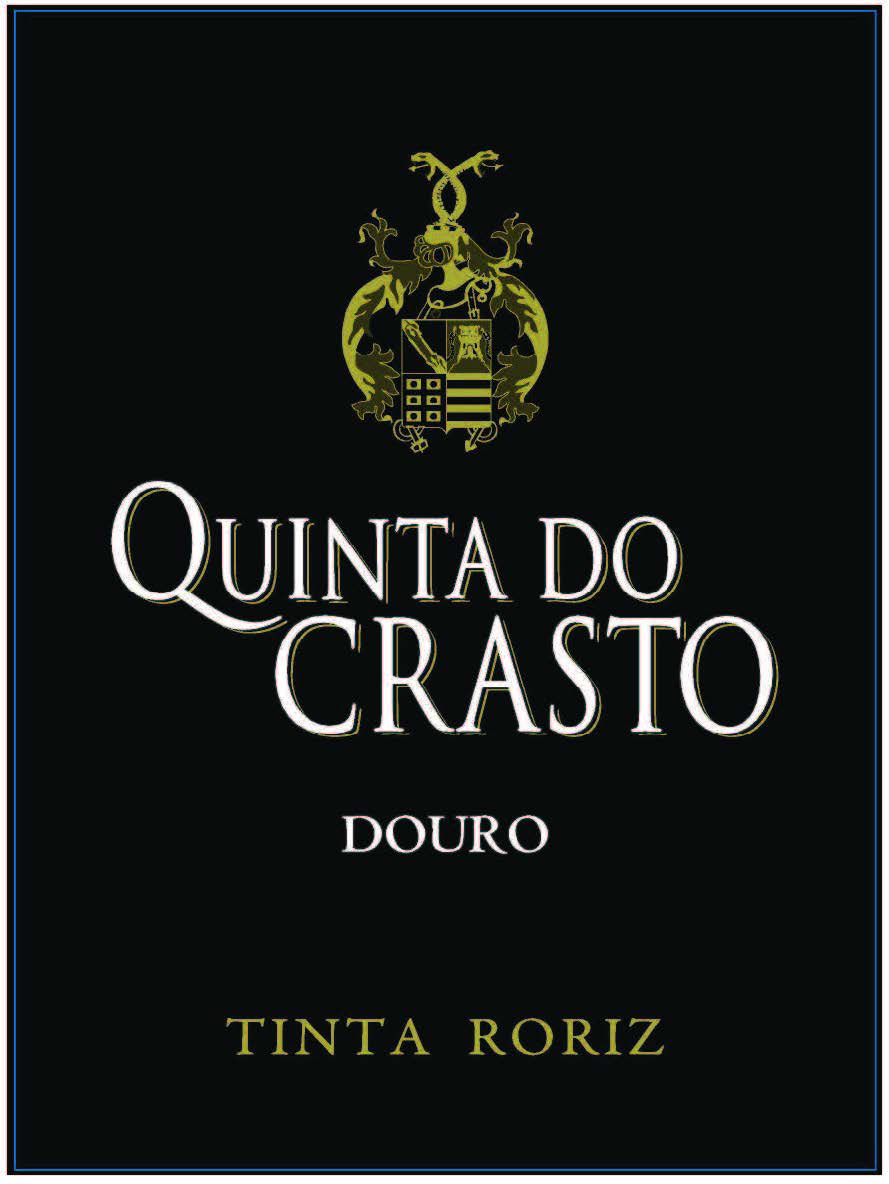
Quinta Do Crasto - Tinta Roriz2018
RED WINE

- Producer Quinta do Crasto
- Blend 100% Tinta Roriz
- Country Portugal
- Region Douro
- UPC 850069639303
Reviews
Wine Advocate 95+
The 2018 Tinta Roriz was aged in new French oak for 16 to 18 months, depending on the plot (with three vineyards separately fermented). It comes in at 14.7% alcohol. There's a long finish filled with flavorful fruit. It has both personality and structure. This manages to show mid-palate finesse as well. It's another big winner from Crasto this report. Crasto tends to make refined and accessible wines these days, but this is always the one with the most tannic pop, at least among the monovarietals. (Sometimes, when the specialty wines like Vinha da Ponte are produced, there are competitors in that regard.) This is a little tight, and it tightens even more with an hour of air. Even here, though, the wine is put together beautifully and without too much astringency. There is plenty of tannic pop, but the tannins are not too hard. So, you could drink this now, although that would be a big mistake. Coming back around 2023-2025 would be a much better idea, and it may not be at peak even then. Not many in Portugal are having this type of success with this famed Spanish grape (a.k.a. Tempranillo). There were 11,431 bottles produced, plus some large format bottles.
by MS, Wine Advocate , 2021
Wine Enthusiast 93
From a selection of the best parcels of Roriz on the Crasto estate, this wine was aged for 18 months in wood. It shows great richness, dense structure and youthful black fruits. Concentration and powerful tannins promise long-term aging.
by RV, Wine Enthusiast , 2021
Technical Details
Ageing
18 months in French oak barrels.Appellation
Douro.Description
Released only in the finest years, this wine is made with 100% Tinta Roriz. Vivid and deep in color with intense ripe fruit aromas and notes of oak. Soft and round on the palate, very well balanced. A long and lingering finish.Estate
Nestled on a privileged location in the Douro, Quinta do Crasto is one of the oldest winemaking estates in the region – the name ‘Crasto’ is derived from the Latin word ’castrum‘, which means ‘Roman fort’. The first known references to Quinta do Crasto can be traced back to 1615, long before the Douro became the world’s first Demarcated Wine Region in 1756.Located in the heart of the Cima Corgo, Quinta do Crasto is officially classified as an ‘A’ grade vineyard property. The estate covers 335 acres of predominantly southern-facing slopes, extending from the banks of the Douro river up to an altitude of nearly 600 meters. One hundred and eighty-five acres of vineyards are planted primarily on terraces carved from schist, the characteristic slate-like bedrock of the Douro that allows vine roots to penetrate deep into the ground in search of water. With growing global interest in Douro wines and indigenous Portuguese varieties, the Roquette family has continued to invest further in the Douro with a new vineyard of 371 acres located in the Upper Douro (also known as the ‘Douro Superior’).